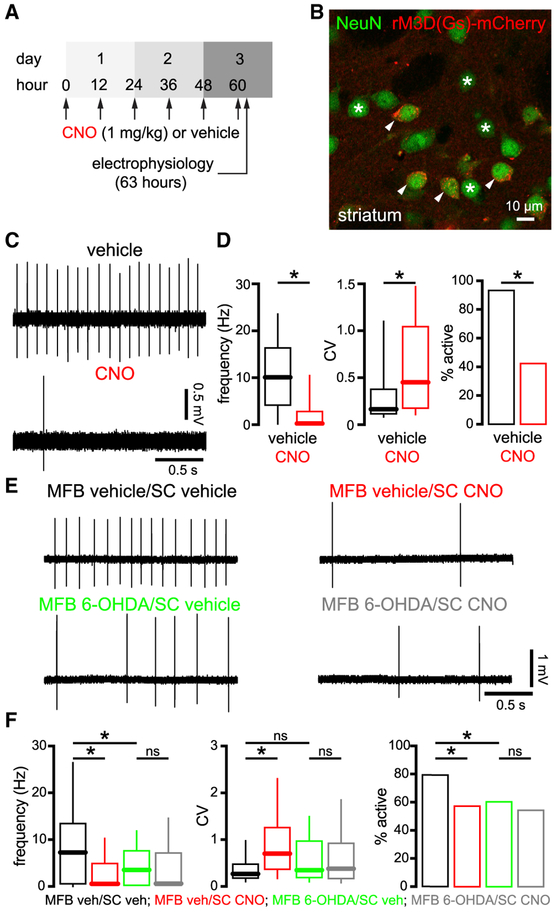Figure 2. Chemogenetic Aactivation of D2-SPNs Was Sufficient to Downregulate Autonomous STN Activity in DA-Intact Mice but This Effect Was Occluded in DA-Depleted Mice.
(A) Schedule of s.c. CNO or vehicle injection and ex vivo electrophysiological recording in adora2a-rM3D(Gs)-mCherry mice.
(B) Expression of rM3D(Gs)-mCherry (red) in a subset of NeuN-immunoreactive striatal neurons (green) in an adora2a-rM3D(Gs)-mCherry mouse (arrows, expressing; asterisks, non-expressing).
(C and D) Autonomous STN activity was downregulated in slices from CNO-treated mice (C, examples; D, population data).
(E and F) In MFB vehicle-injected adora2a-rM3D(Gs)-mCherry mice, autonomous STN activity was downregulated in slices from CNO- compared to vehicle-treated mice. However, in MFB 6-OHDA-injected adora2a-rM3D(Gs)-mCherry mice, autonomous STN activity was downregulated in slices from both CNO- and vehicle-treated mice, arguing that the effect of chemogenetic stimulation of D2-SPNs was occluded by DA depletion (E, examples; F, population data).
*p < 0.05. ns, not significant.

